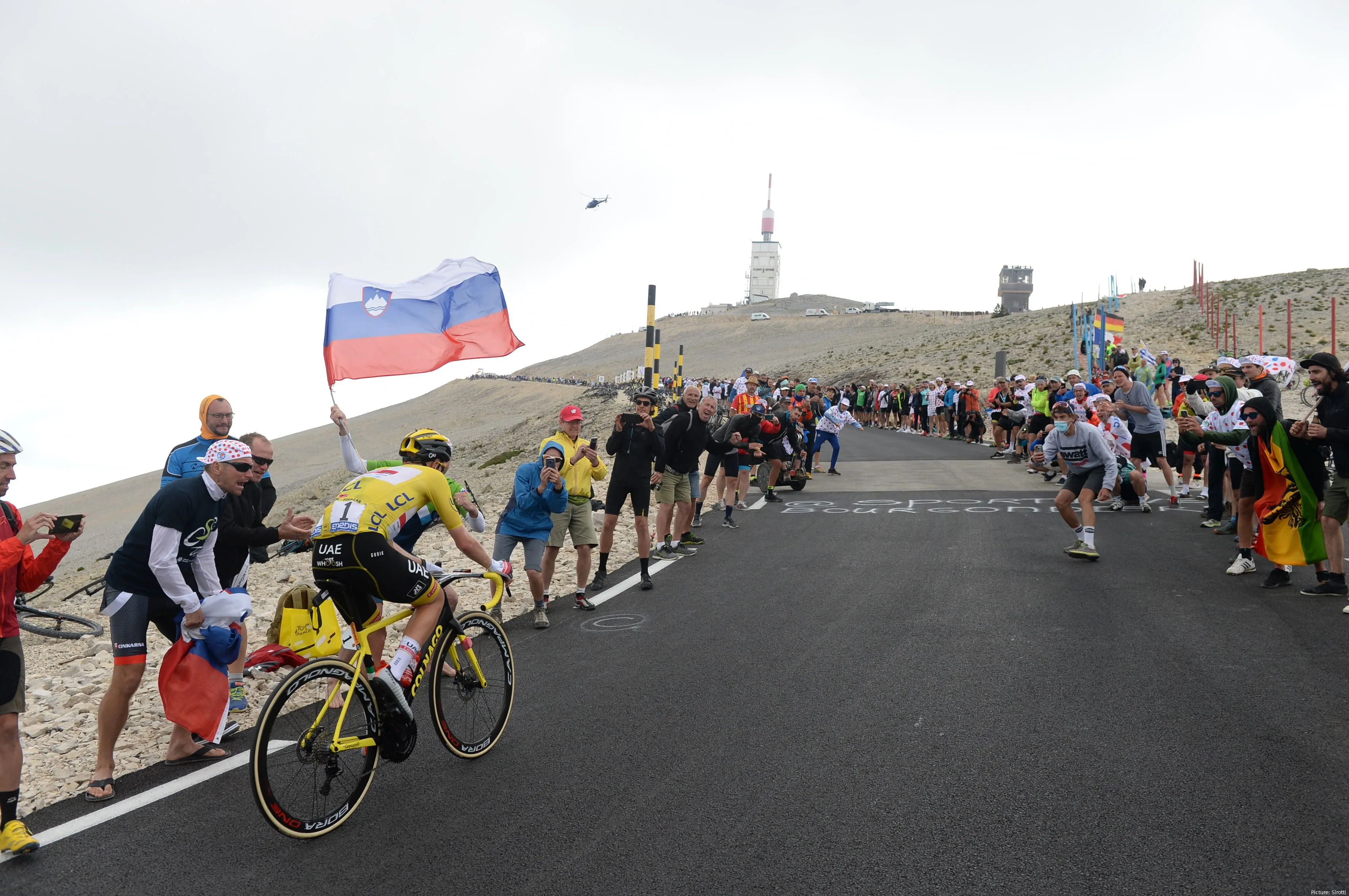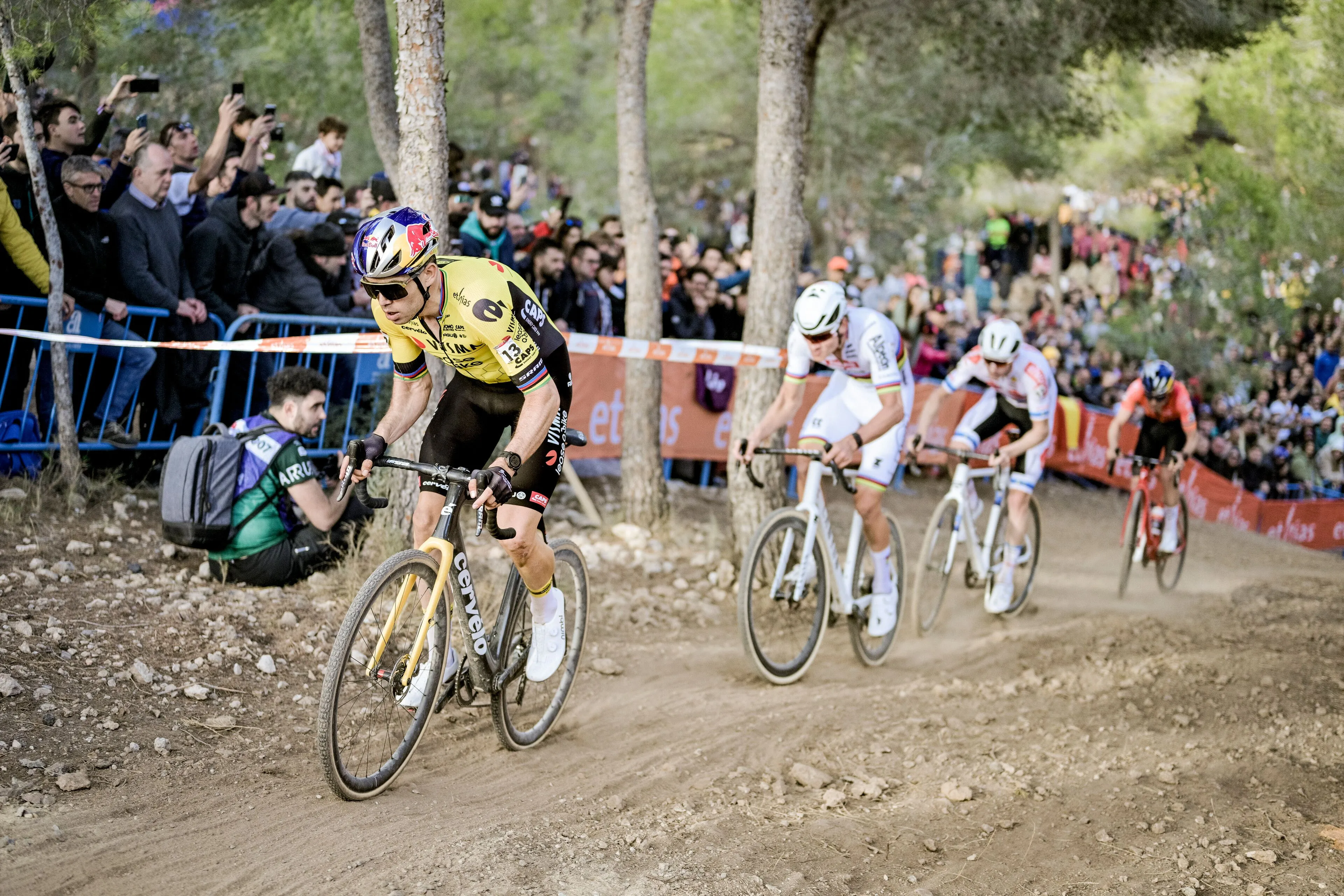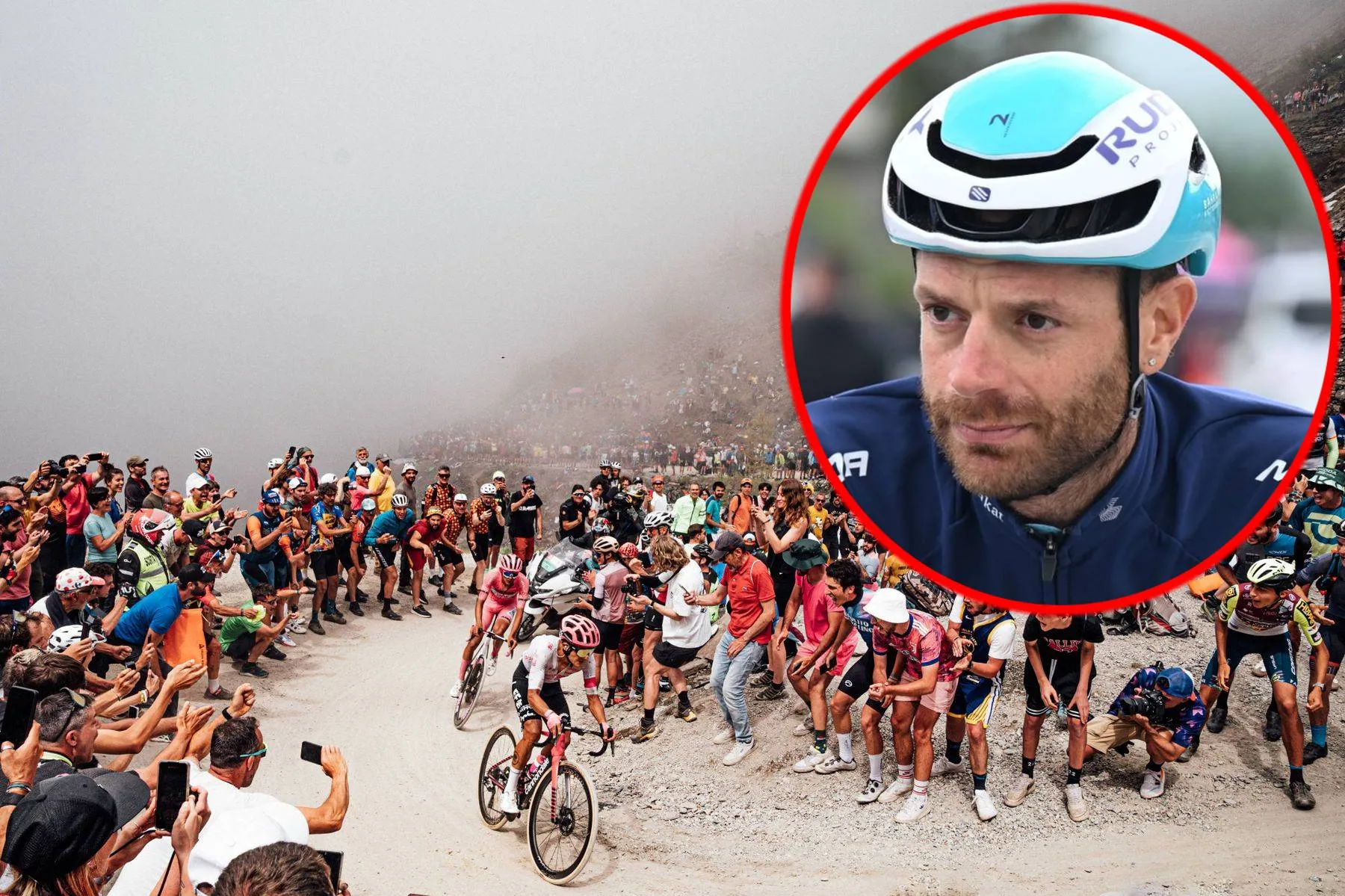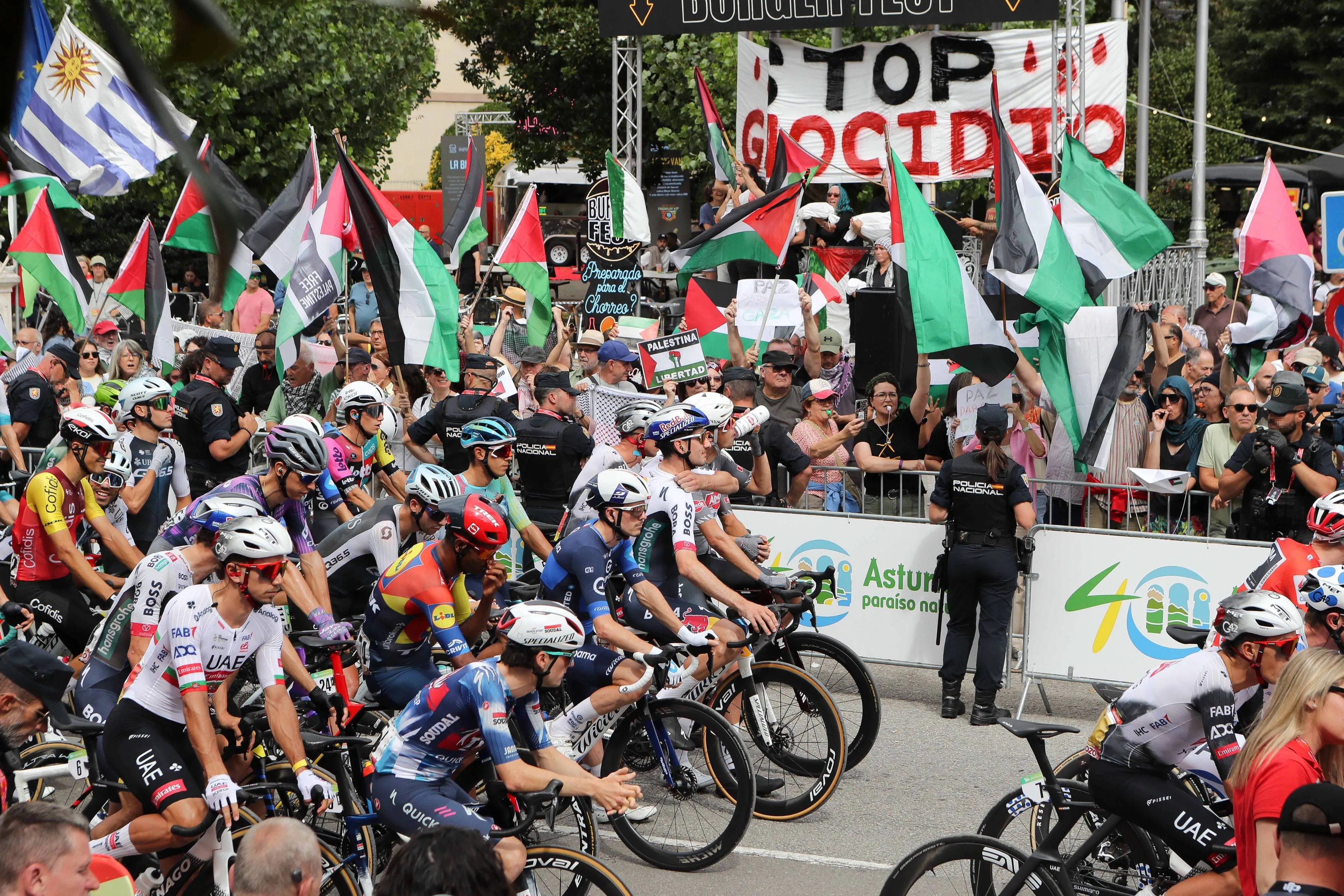
This week, cycling fans and professionals alike have been
buzzing with excitement over the recently announced route for the 2025 Tour de
France. Among the talking points is a stage that could go down in history as
one of the most challenging, pushing even the strongest riders to their limits.
Notorious climbs like Mont Ventoux and Col de la Loze will
make their return, to strike fear into the hearts of even the best climbers.
These legendary ascents promise gruelling tests of endurance, likely to create
dramatic moments and reshuffle the standings.
Read also
However, even with these iconic climbs, the 2025 route has
yet to surpass the stage with the highest elevation gain in Tour de France
history. That record belongs to Stage 18 of the 1983 Tour, which ran from
L'Alpe d'Huez to Morzine, covering an astounding 6,400 metres of elevation
gain, according to La Flamme Rouge.
Riders that day faced an endless array of punishing climbs,
making it a battle of resilience and sheer grit. Jacques Michaud emerged
victorious in just under eight hours, a testament to the extreme difficulty of
the course. Meanwhile, Laurent Fignon ultimately triumphed in the overall race,
claiming his first Tour de France title in a year marked by intense competition
and formidable terrain. It was also the year that Sean Kelly of Ireland claimed
the points classification.
Read also
While the 2025 edition brings its own challenges, including
the much-anticipated returns of Mont Ventoux and Col de la Loze, the 1983 stage
remains a legendary benchmark. But for now, Stage 18 of 1983 holds its place as
one of the most daunting days in Tour history, a reminder of the brutal demands
that define cycling’s most iconic race.
claps 20visitors 2
Just in
Popular news
Latest comments
- I luv this guy ,so honest puts the hand up ..."my fault.".. I would be stoked to see him win his big monuments ... i think he would be a great team mate and friend.Davide18-12-2025
- In his years in the peloton, Evenepoel has had several major crashes that could have ended another person's career. In that, he is sadly similar to Roglic, whose crashes have had a huge impact on his still impressive palmares. I'd say the first thing that needs to happen is that everyone make it to the Tour safely. At that point? I don't think they stand a chance against the UAE engine, and the man who is only now (seriously?!) coming into what used to be the age of maturity, refinement, and full bodily development.RidesHills18-12-2025
- It must be hard for him to let go...somewhere in his mind he sees himself competitive. The reality of his entire time at IPT tells a different story altogether.Crashjames18-12-2025
- Not only that, but aside from JV, no one has remotely come close to Tadej level, and I seriously doubt Remco or Lipowitz will be there next year in the finales. That said, a lot can happen on the road in the next year, and I hope it's an epic battle among all of the top 10 finishers. It's a little anticlimactic to watch Tadej ride everyone off his wheel, even if it is super impressive to watch.Crashjames18-12-2025
- He couldn't finish in the top 100 at Unbound Gravel. He might be able to hold the wheel in a cat 3 crit but even that's debatable. Not being facetious.paule18-12-2025
- It isn't just the 5 million euros a year. It's also the never-ending hospital bills. Two weeks to go for Sylvan Adams to get out from under this mess.paule18-12-2025
- LOL, Del Toro, while very strong, is not currently racing at a level higher than Remco or Lipowitz. He can be by 2027 though and probably will be. You are discounting Remco's season this year, which his underperformance was caused by a crash that would have retired most people. He will be very strong this coming year as long as he keeps the rubber side down.awp18-12-2025
- It would be nice to see him have a healthy season and do well.JoeyB18-12-2025
- Aka the ‘junk drawers’Onepiece18-12-2025
- Marginal stainsOnepiece18-12-2025
Loading
🚵♂️ What Tour de France stage has the most elevation gain? 📊 The record is currently held by the L'Alpe d'Huez - Morzine, TDF 1983 Stage 18, with an estimated 6,400 meters of ascent ⛰️. 🏆 Jacques Michaud 🇫🇷 won this stage in 7h 45' 25''
Write a comment










